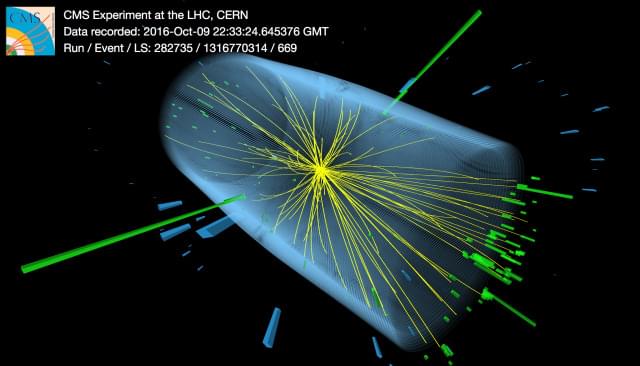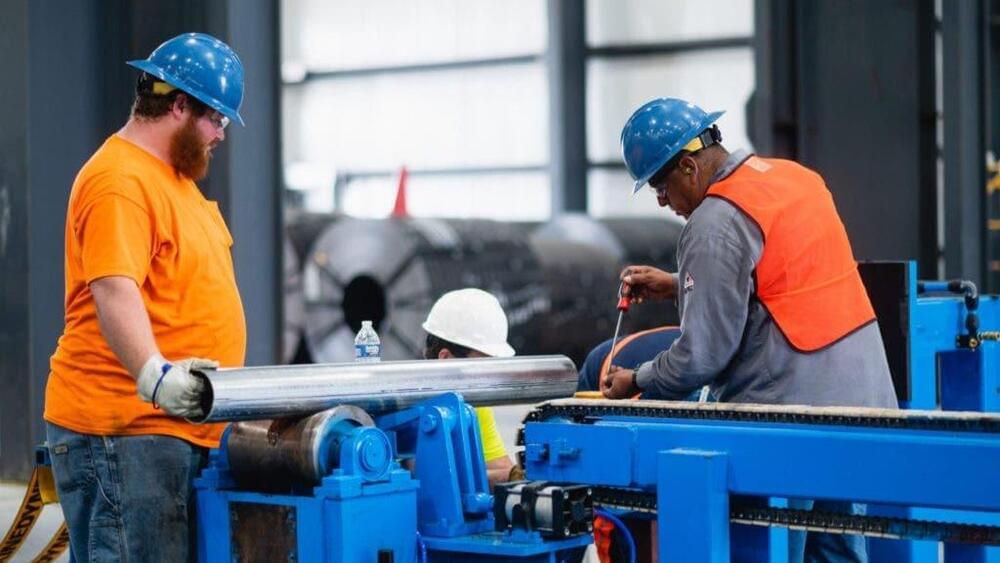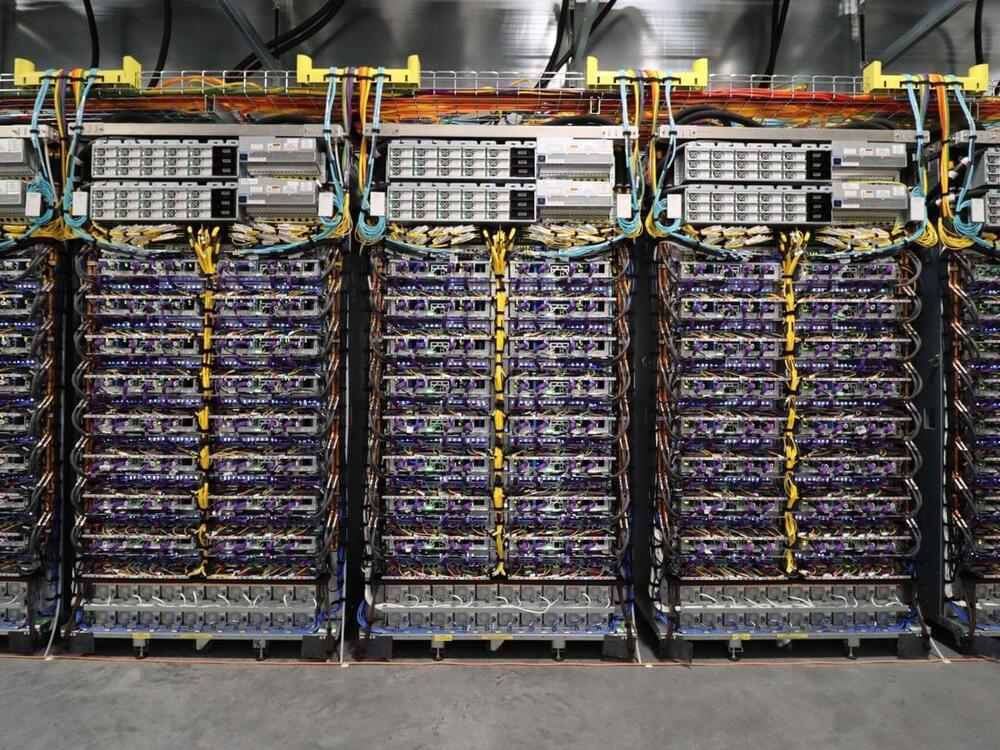You and your business can try Onshape for free at https://Onshape.pro/DesignTheory. With recent advancements in Artificial Intelligence design tools, we are about to see the biggest creative and cultural explosion since the invention of electricity in the 1890s. By the end of this video, you will have a better understanding of how artificial intelligence will impact design, engineering, creativity, and culture as a whole. AI is a revolutionary game changer in design!
Become a patron of my channel on Patreon: https://www.patreon.com/JohnMauriello.
Form Fundamentals Online Industrial Design Course: https://bit.ly/335vsqO.
Want to learn more about my work? Check out my portfolio: https://www.studioello.com.
Want to work with me on a design project? Contact me here: https://www.studioello.com/about-1
CREDITS:







